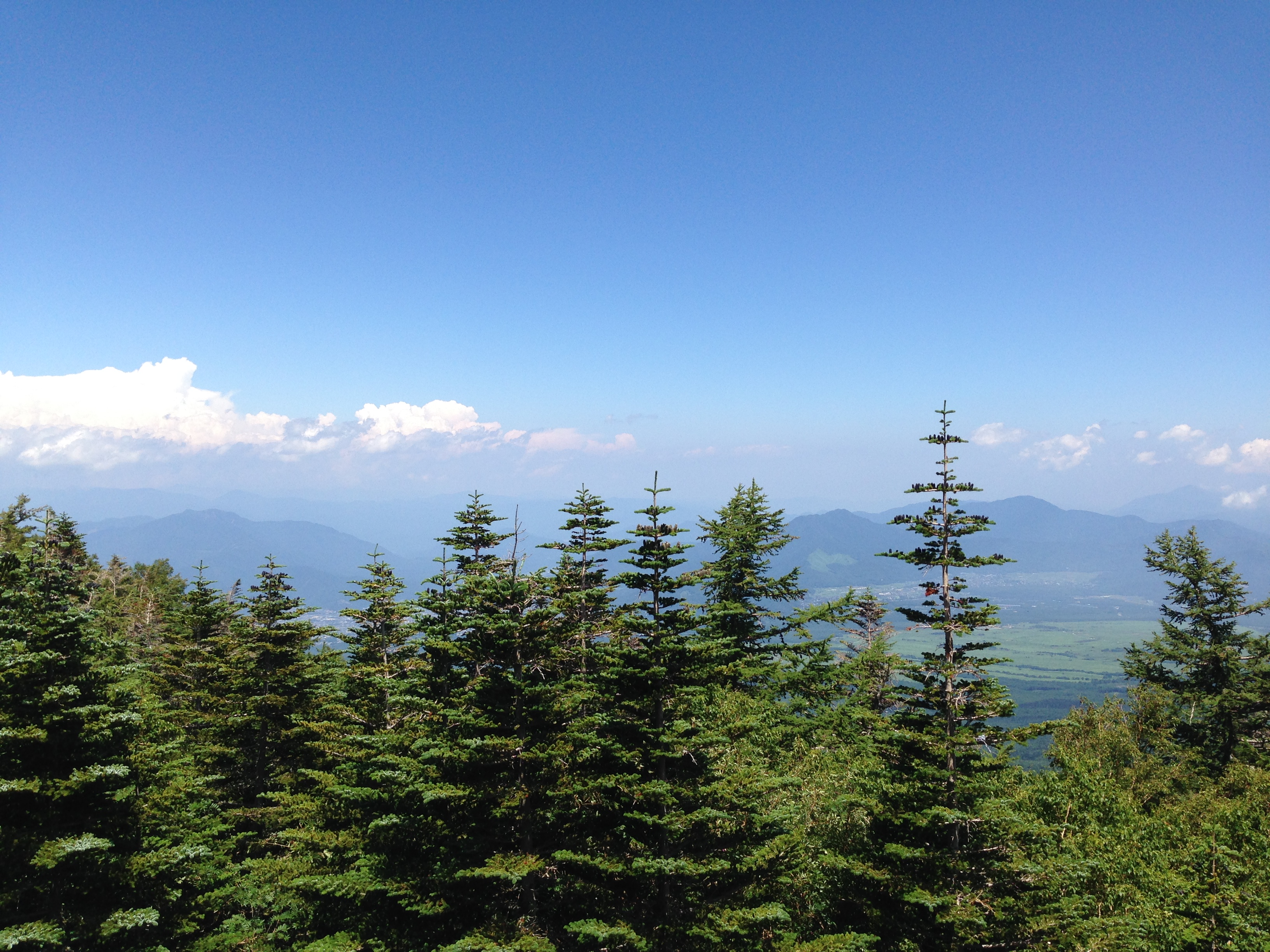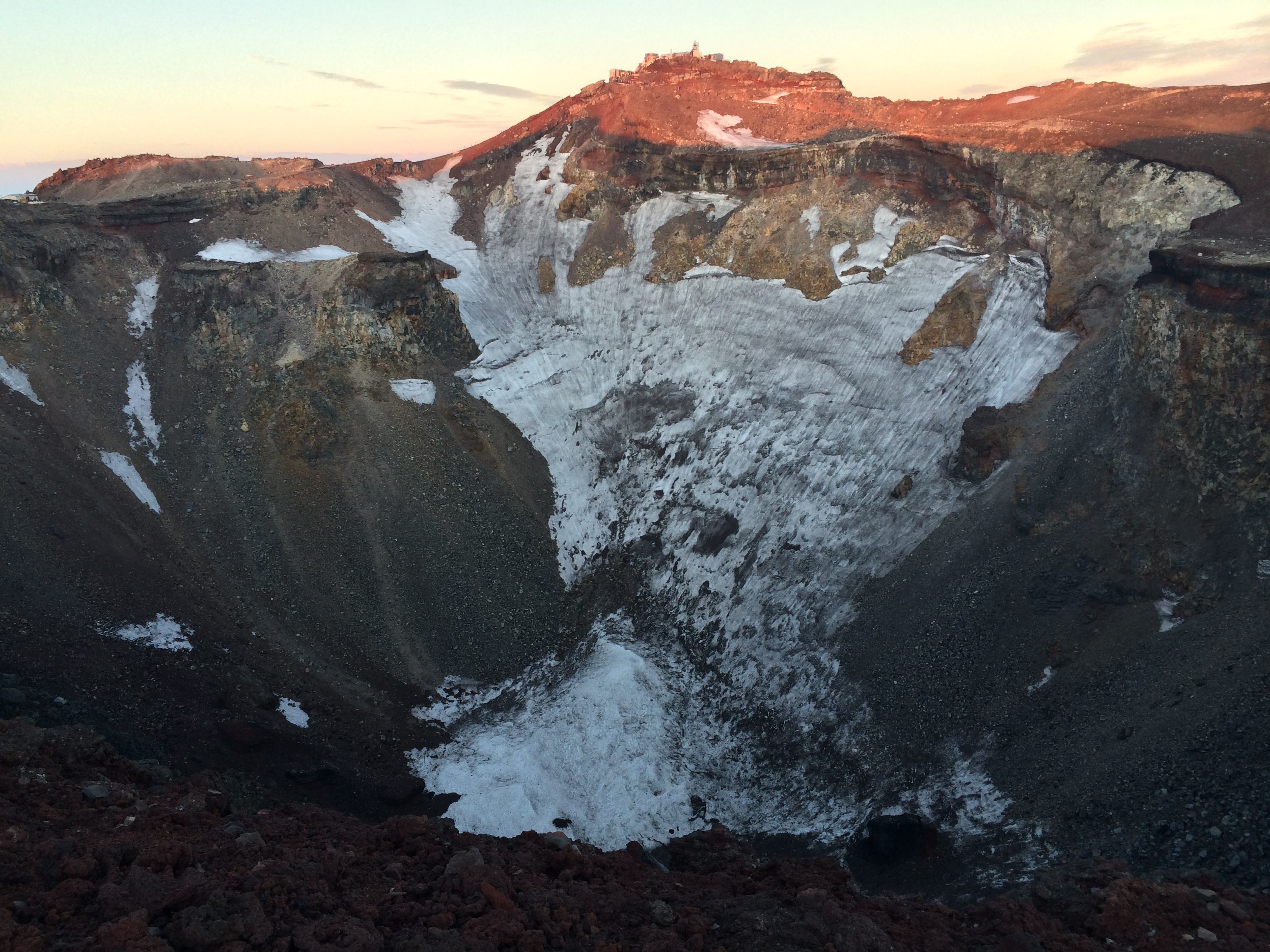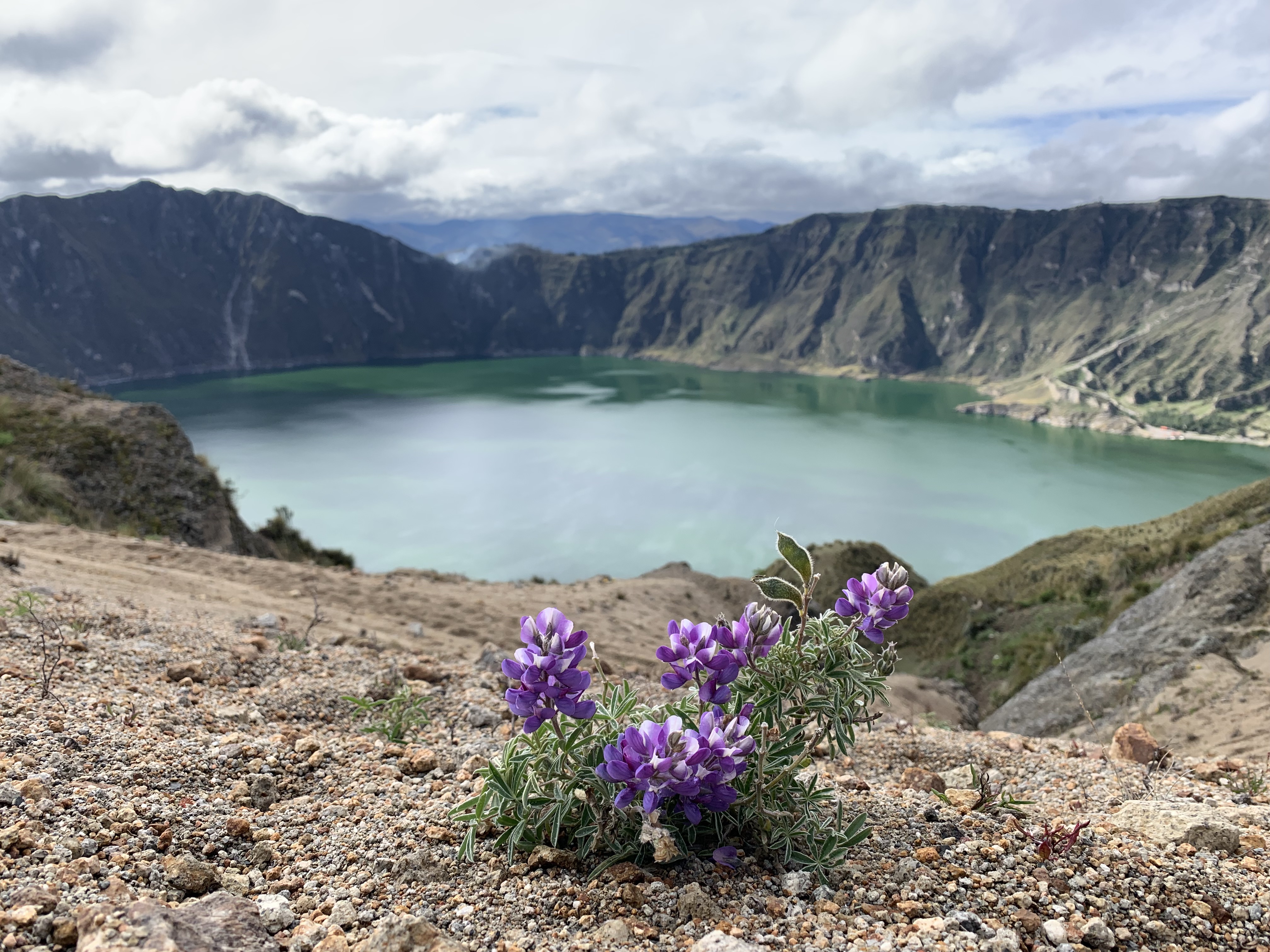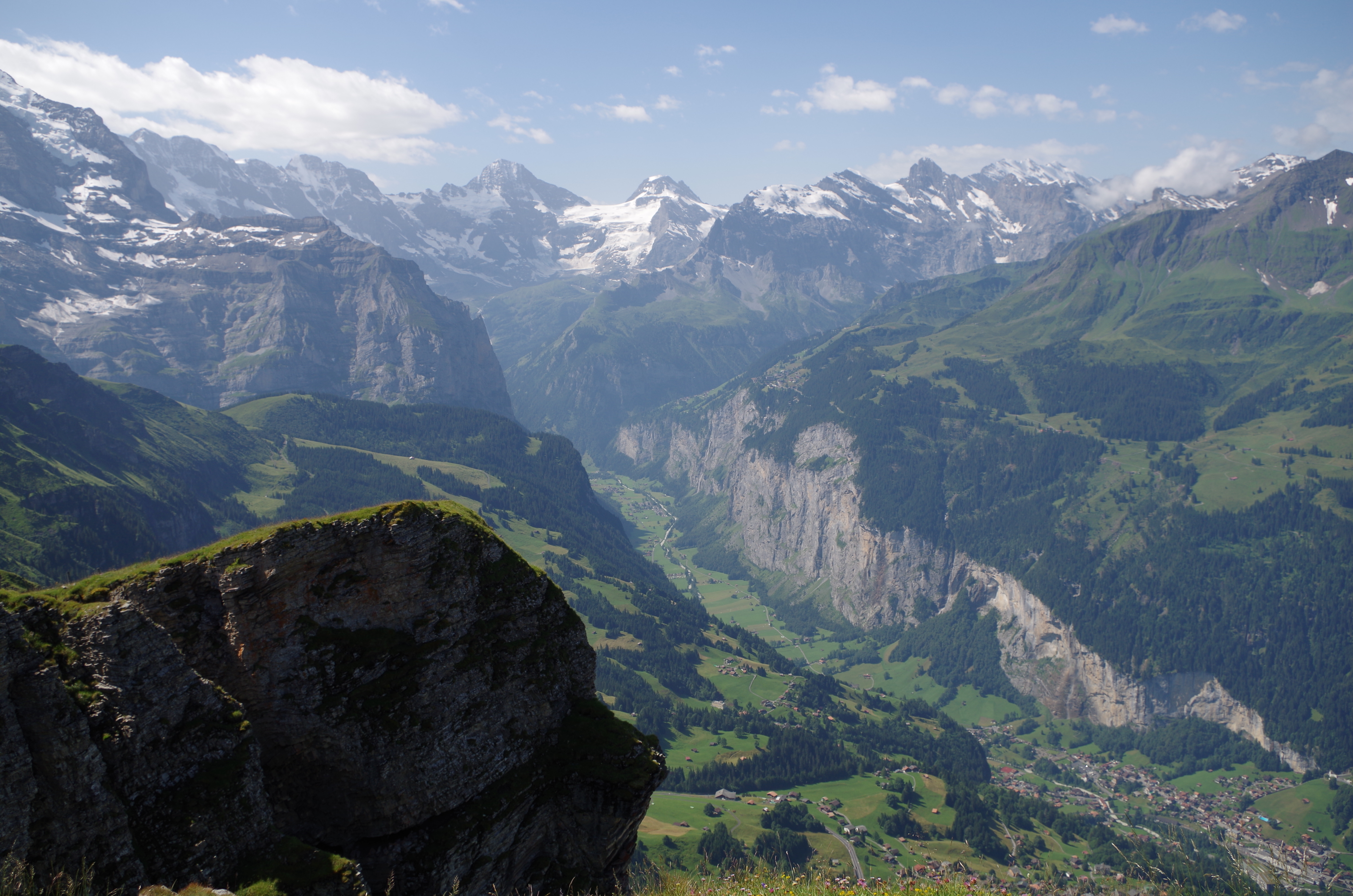Climbing Mount Fuji in Summer

Summary
If you’re in the Tokyo area for a week or so during climbing season (July – September), climbing Mount Fuji should be high up on your list. Fuji-san as “he” is know is Japan’s tallest mountain (3,776m / 12,389ft) and one of the most recognisable mountains in the world with its near perfect symmetrical dome. Yet it is surprisingly easy to summit (you can be there and back from Tokyo within 24 hours) and has the feeling of an event as you join the 300,000 people who make the ascent every year
Throw in the spectacular views for the sunrise from the summit and the great fun of staying with various Japanese travellers in one of the mountain huts (bring whiskey!), and you have a wonderful Japanese experience. Plus, I mean how often can you summit one of the most famous mountains in the world within 24 hours?
highlights
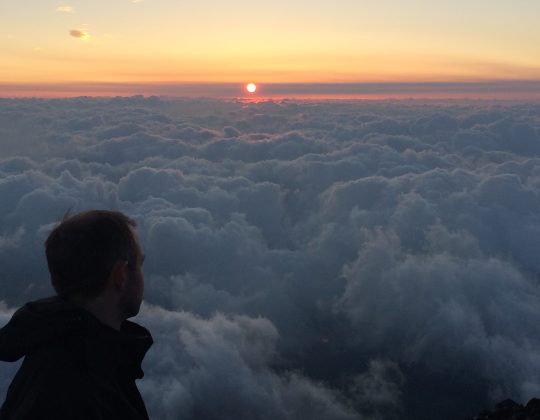
#1 Those majestic views from the summit as you see the sunrise - over clouds or over Tokyo in the distance. Either way, wonderful

#2 Staying in one of the mountain huts for the evening and sharing a bottle of whiskey with the wonderfully friendly Japanese

#3 The hike itself – passing along cool shrines and oddities along the way as you give yourself 3-4 hours for the ascent

#4 That classic feeling of accomplishment when you make it to the summit
Travel Tips
- CLIMBING SEASON is 1st July to 14th September. Probably best not to try and climb outside of this time because everything will be shut and the conditions would be tough (experienced climbers only apparently)
- ITS COLD! – its typically around minus 8 Celsius (17 Fahrenheit) at the summit, and can drop to minus 15 Celsius (5 Fahrenheit) even in the hiking season. Bear in mind that you might get to the top early / get caught behind a big slow moving group, so even if you’re quite resistant to cold, it makes sense to bring the right clothes for this
- TOTAL DISTANCE from the start (Fifth Station) to the summit and back is 18.7km (11.6 miles); incline of 1.5km (5,000 feet); and around 32,000 steps. Should take around 5 hours to reach the top (around 3.5 hours to get to the Fujisan Hotel, for sleep and then another 1.5 hours to the summit), and around 3 hours to come down. For the return, its mainly on loose gravel / scree, so can be quite painful if you take it too quickly on the knees
- ALTITUDE – the summit is 3,776m (12,389ft) so starting to get high enough for some minor altitude sickness. Usual rules apply – take it easy and drink plenty of water, plus I’d suggest bringing some painkillers in case you get a bit of a headache, but nothing more than that
- YOU DON’T NEED A GUIDE – the layout and routes are very simple. You’ll start at the Fifth Station (which you can reach from one of the many buses leaving from Shinjuku Expressway Bus Terminal in Tokyo, takes around 2.5 hours) and then head up on one of the 4 clearly marked trails that will also be full of fellow hikers. We took the Yoshida Trail, which is the well known one and where our mountain hut was located, but it would be fun to try some of the other options. This website gives a very simple comparison between the routes: www.fujisan-climb
- STAY IN A MOUNTAIN HUT – You could climb through the night, but it’s a better experience to stay in one of various mountain huts that sit around 400m below the summit. As with all things in Japan, the places are clean, with great food and a very friendly atmosphere – we stayed at the Fujisan Hotel which I’d recommend, and make sure you book ahead (very simple to book on their website)
- TIMINGS – as long as you start in the early afternoon (we started at 1pm), you’ll have plenty of time to get to the mountain huts before dark. The Mountain hut and fellow hikers will let you know what time to start the final ascent, but it will be around 2 hours before first light. Its worth waking up a little earlier than you might normally plan, just because the route can get busy and you’ll want to make sure you get to see the first peaks of sunlight emerging over the clouds / horizon. Once at the top, you’ll probably be there for 2 hours or so to see the sunrise and walk about. The crater isn’t that impressive to be honest, its more about the views and the general spectacle of it all
- BRING A BOTTLE OF WHISKEY (or something alcoholic). The night we stayed at the Fujisan hotel, we found that offering a glass (or twelve) to our fellow Japanese guests brought out the wonderful friendliness of them, getting us chatting with them about their country and adding to the great experience all round. I don’t think they sold alcohol at the mountain hut (or was crazy expensive)
- BRING CASH, EAR PLUGS AND A HEAD TORCH. Cash as I don’t think there were ATMs up there. Ear plugs because the mountain huts can get a bit noisy. Head Torch as you’ll be climbing a bit at night
- TRAILS CAN GET BUSY on the way up, so be prepared to be stuck behind quite a few people. Once you’re at the summit though, there is plenty of room
- PRICES – were around 9000Y accommodation; 2700Y bus; 1000Y snacks
Experiences nearby

The below map shows experiences nearby with a colour that reflect the Overall Score of those experiences
Score Detail
Background - how many times have you asked someone what a travel experience was like and the response was "amazing" or "awesome"? That response is nice to know, but it makes it hard to differentiate that experience compared to others. That is exactly what these scores are trying to do - differentiate the experience by giving a score out of 10 based on 6 categories and then giving an overall experience score
This overall experience score is calculated by: take the highest of the "Culture" or "Nature" score (1-10) + "Fun factor" (1-10) + "Avoiding the crowds" (1-10) + highest of the "Unique" or "World Famous score" (1-10). Then convert into a score out of 100
Extra detail - the logic being that I find all of the 6 individual scores important, but I don't want to mark an experience down just because it doesn't cover both "Culture" and "Nature", or because it isn't both "World Famous" and "Unique". Take the examples of Safari in The Serengeti and walking through Rome - they both appeal at opposite ends of the nature / culture spectrum, and you can have a fantastic time without needing to appeal to both sides. So, their overall scores aren't penalized for their lack of one or the other, and I've done the same for "World Famous" vs "Unique". But . . . I do think that the "Fun factor" of an experience is important, irrelevant of other factors, and so is "Avoiding the Crowds" (or where there are crowds that add to the experience). So, both of these scores are standalone


